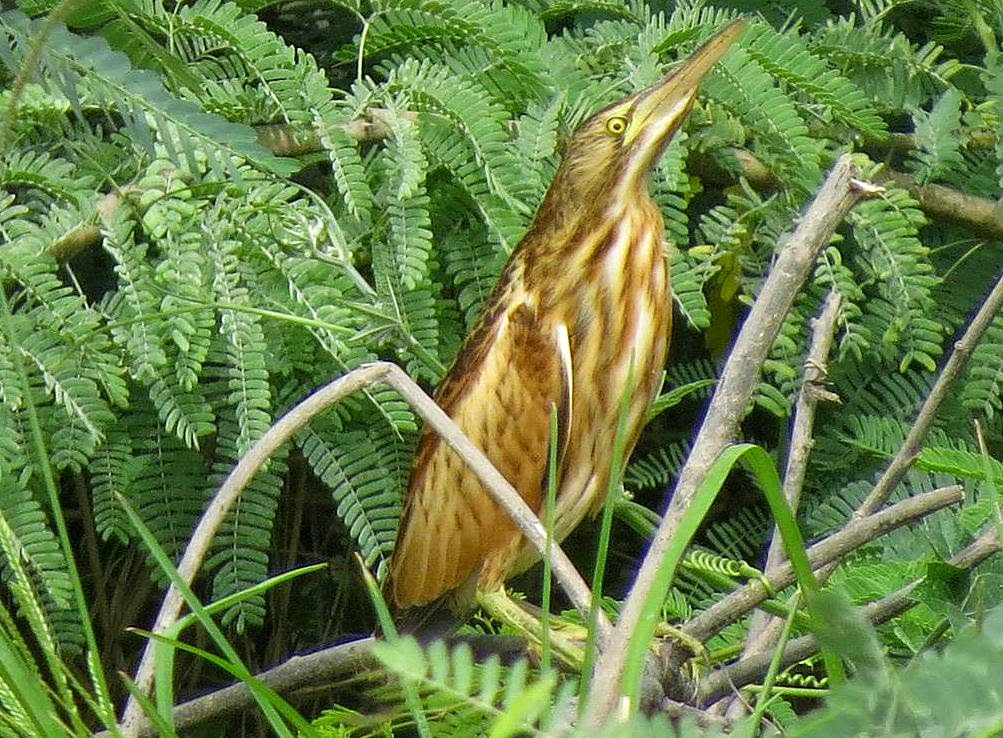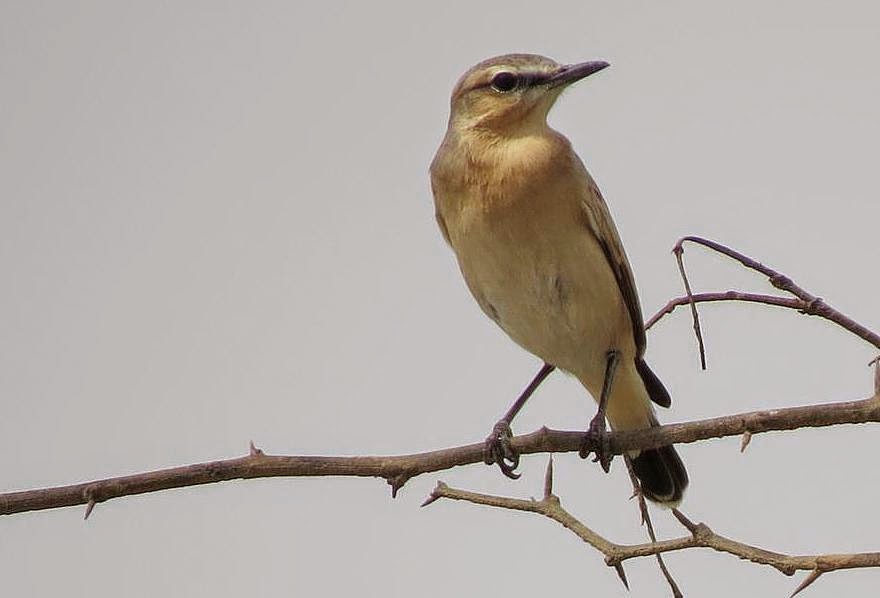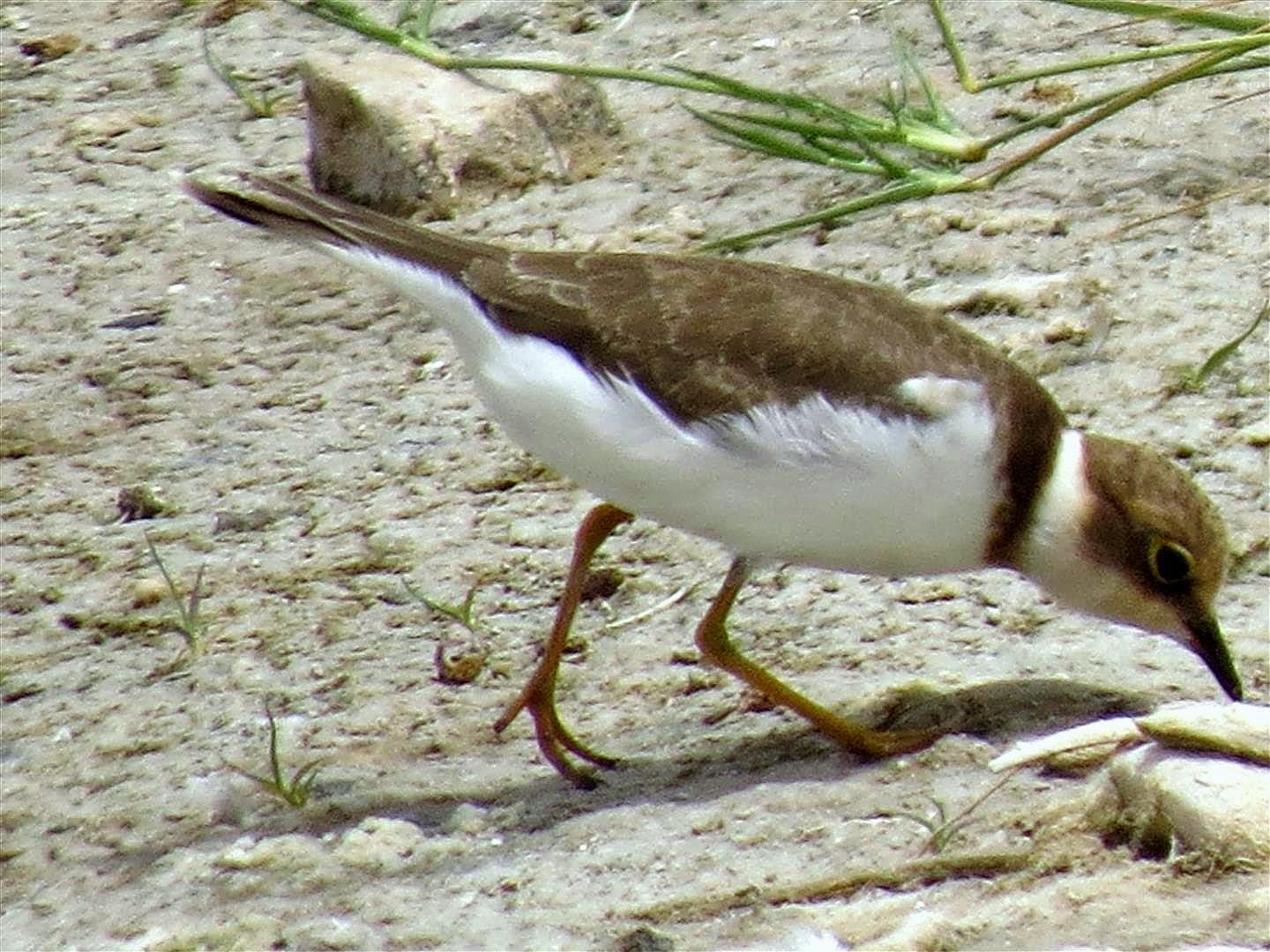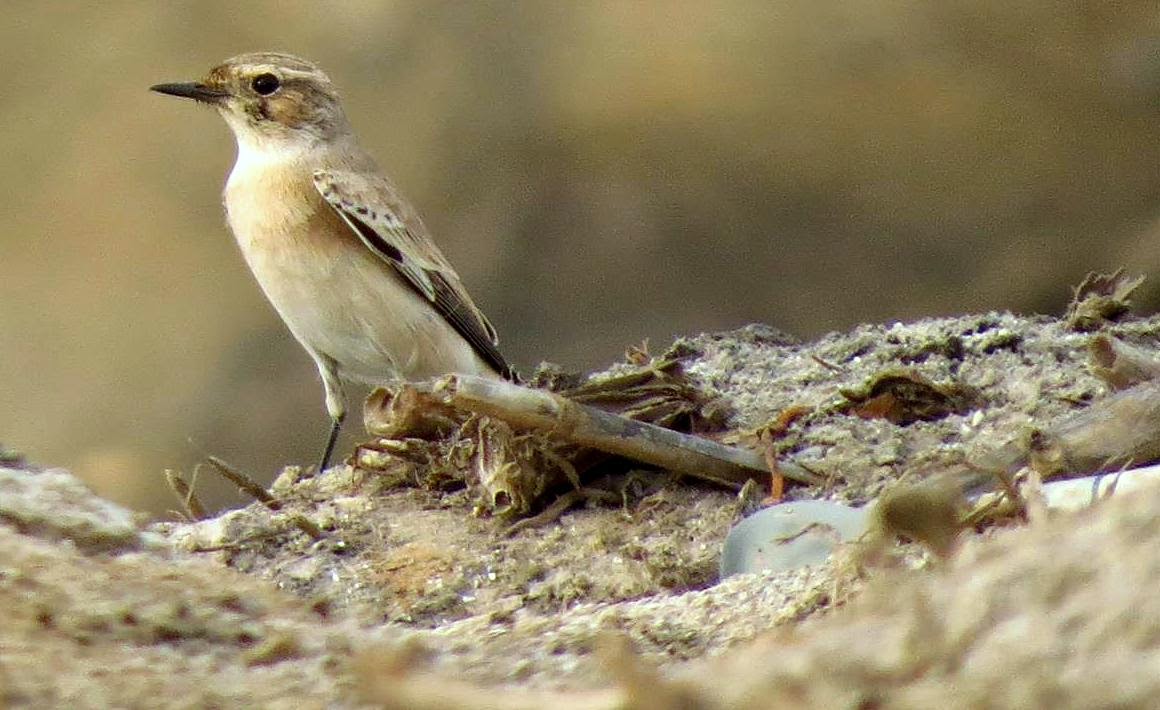It was not what I expected. The water was very clean so the sewage works is almost certainly state-of-the art.
This meant the lake held clean water and reeds were none existent. Flies were few as well. All this didn't mean there were no birds it just meant they were different than anticipated.
Furthermore, although it is inland the sea is barely a kilometre away and so coastal birds were present.
Little grebe
The Raysut treated water lake
black winged stilts
White cheeked tern was there showing how close to the sea the site is.
white cheeked tern
There was one clump of trees which Indian house crow were claiming for themselves.
Indian house crows
This was yet another water body in the Salalah area with glossy ibis.
glossy ibis
There are a few small pools at the edge of the main water body.
pools at the side of the lake
Temminck's stint was quite common at these.
Temminck's stint
The pools and the sides of the main water were teeming with citrine wagtail. I also saw two yellow wagtail.
citrine wagtail
juvenile white winged black tern
Steppe gull
stained grey heron
adult little bittern
juvenile little bittern
second pose of juvenile little bittern
black crowned night heron
I worked hard at the water all day and only got good rewards towards the end.
However before I left the area completely, I chose to cross the road and spend a few minutes in the dry part of the wadi.
spotted thick-knee
I seem to have the knack of stumbling across spotted thick-knee. This time there were at least three and probably four birds.
two spotted thick-knees
My tip for seeing this bird, is get out of your car and walk. They are unlikely to be seen from a car unless they are within 3 metres of your window. Even then you could miss them.


















































